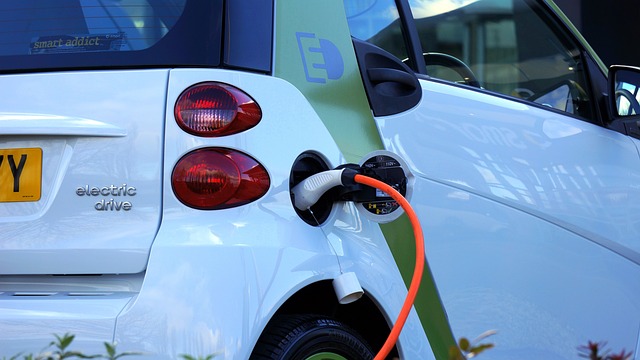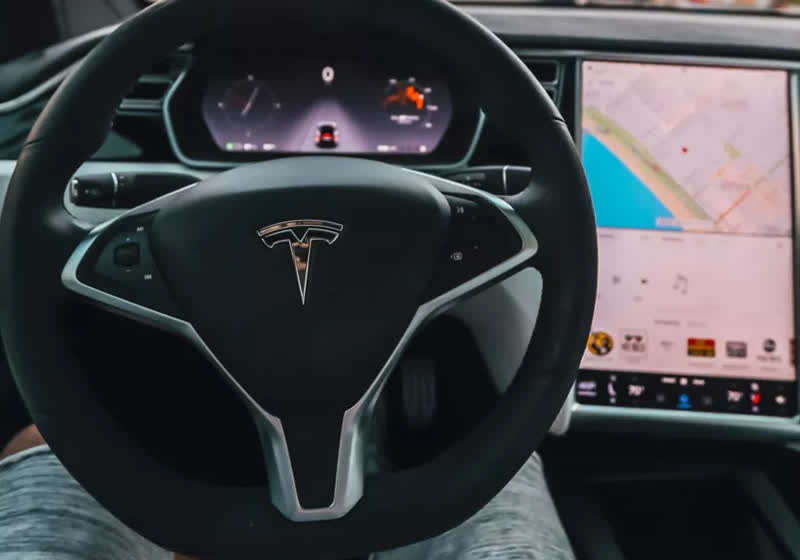WHAT ARE THE TYPES OF SAFARI VEHICLES? There are two main types of safari vehicles — open and closed. While open safari vehicles live up to their name, generally with three rows of tiered seating and completely open sides,...
WHAT ARE THE TYPES OF SAFARI VEHICLES?
There are two main types of safari vehicles — open and closed. While open safari vehicles live up to their name, generally with three rows of tiered seating and completely open sides, closed safari vehicles are a bit more nuanced. They have closed sides (as you see in the picture above), but the tops pop open so safari-goers can stand up to get a better view. Windows also slide open so that travelers can take photos unimpeded.

LOCATION, LOCATION, LOCATION
The type of vehicle that will be used for a safari often has to do with WHERE that safari is taking place and is not just a random happenstance. The basic rule of thumb is that in Southern Africa (South Africa, Zimbabwe, Zambia, Botswana, and Namibia) you’ll find more open vehicles, while in Eastern Africa (Uganda, Rwanda, Kenya, and Tanzania), vehicles are more closed.

BUT WHY?
Well, in Southern Africa, most camps are in private concessions and thus have fewer rules and regulations, meaning they can have more open vehicles. In East Africa, there are more regulations about where open vehicles can be used — they’re not permitted when driving between national parks or even in some national parks (Ngorongoro Crater, for example). So, you won’t see as many open vehicles in East Africa.
Plus, any time you have a longer road transfer, you’ll be using a closed vehicle, since you really don’t want to drive for hours exposed to the elements the way you would be in an open vehicle.

ROAD TRANSFERS VS. CHARTER FLIGHTS
While there isn’t much opportunity for choice when it comes to which vehicle you will be using for your safaris, if you are in closed vehicles due to road transfers, it is sometimes possible to substitute charter flights, allowing you to do game drives in a camp’s (open) safari vehicles. But this varies greatly based on location, so if this is a concern, let us know and we’ll see how we can adjust!

PROS AND CONS
While, for the most part, we recognize that open vehicles are better suited for wildlife viewing, closed vehicles truly don’t take away significantly from the experience. It is a different experience, but you can still see and photograph the wildlife, and with the excellent guides we work with, you’re going to get up-close-and-personal with the animals either way. Maybe there are even a few advantages — like air conditioning (sometimes), protection from the elements, and even a refrigerator that keeps drinks cool for the hot afternoons.
When you’re ready to plan your trip, we’d love it if you’d reach out for our assistance! Click the button below to get started!
The post Safari Vehicles 101 appeared first on Hills of Africa.













